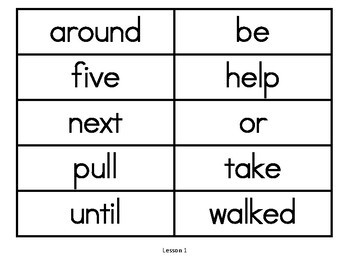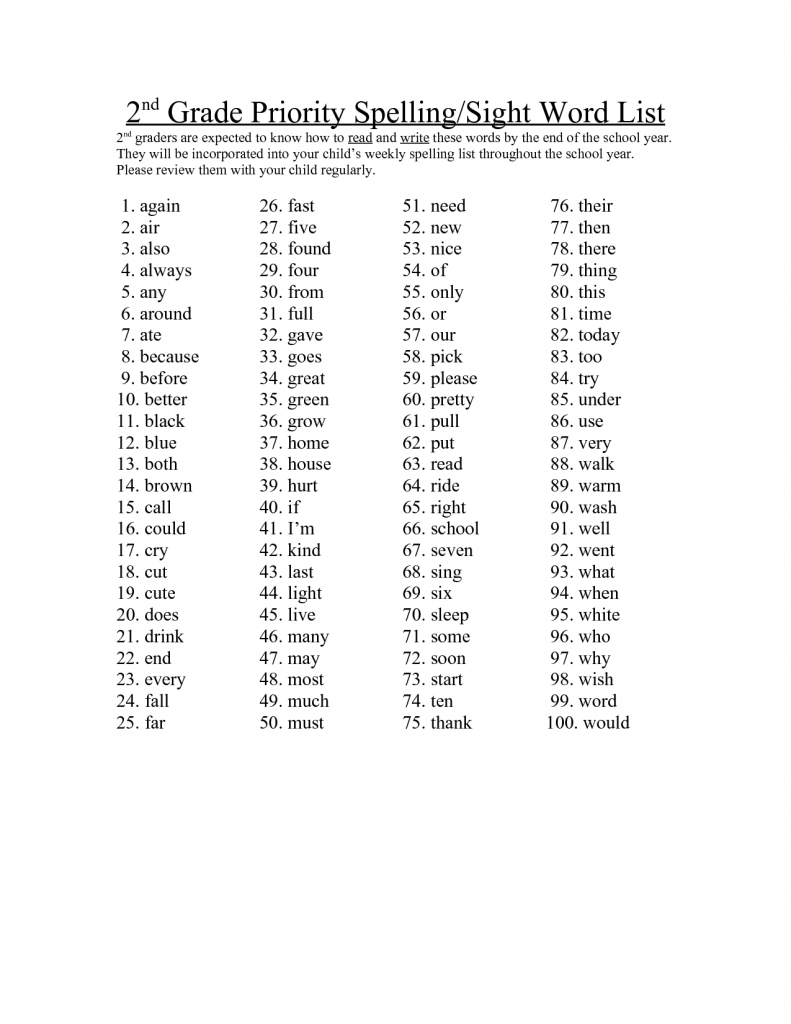

Phrase Flash Cards (11½”x 4”) – help students recognize thought segments in groups of words. Word Flash Cards (8”x 2¾”) – both sight words and sound-out words. Picture Wall Cards (8½”x 11”) (see our website) – same as Picture Flash Cards, but larger and without the rhymes.
#SECOND GRADE FLASH CARDS SIGHT WORDS FULL#
Teacher support materials include: Letter Flash Cards (4”x 5”) – full color illustrations for each consonant, vowel, and the four main digraphs (ch, sh, th, wh) on one side and rhymes on back.

A nice feature examples are given to help evaluate student work. Daily lessons are scripted and include reduced copies of light unit pages. Teacher’s Guidebooks are comprehensive and include a complete overview of the program, a detailed scope and sequence, daily schedule and lesson plans, reading assessment rubric, alternate tests, games suggestions, answers to all student pages/tests, spelling word lists, and grading/record-keeping info. Practice Sheets – blackline masters (removable answer key in middle) that provide additional practice and activities. One unusual activity is the Dot Maps, which become progressively more complex and develop hand-eye coordination. Light Units – consumable work texts that provide phonics reinforcement, reading comprehension, and handwriting activities.


Some stories contain challenge words – untaught but can be sounded out – which are bolded and listed in footnotes. Small icon-like pictures substitute for words students have not yet learned. The stories contain new sounds and sight words. They progress from single words to multi-page stories. The four paperback Primers have black and white illustrations and are 50-70 pages each. Classroom reinforcement is emphasized and includes use of flashcards, games, and the unique Sound Slider. working with sounds, blending fun, reading skills), dot maps (copying dot designs), and spelling. Lessons are designed to teach to all the learning styles and include listening to stories, oral discussion, activity sheets, hand motions that accompany the teaching sequences, penmanship practice, several skill-building segments (e.g. Light Units include frequent review lessons as well as a review at the end of each unit. Consonant sounds, short and long vowel sounds, and some digraphs are introduced using a rhyme as a mnemonic device. Starting with frequently used consonants and short /a/, reading is begun early (the primers are added with the second light unit) and the decoded vocabulary grows through the introduction of all consonants, short vowels, long vowels, /wh/, /ch/, dipthongs (called vowel sets) – ee, ai, ay, ea, ie, oa, oe, ue, ui – beginning and ending blends, and finally trigraphs, compound words, suffixes, and special vowel sounds. Designed to be preparation and an entry point for their well-constructed reading program, LTR is phonics, and phonics well-done! The general “feel” of the program is wholesome, God-honoring, and rural. But, it would be a big mistake to dismiss Learning to Read just because it doesn't have cute graphics or a catchy title. How often have we been told not to judge a book by its cover? With its rather plain packaging, this phonics/beginning to read program from Christian Light might not fare very well.


 0 kommentar(er)
0 kommentar(er)
